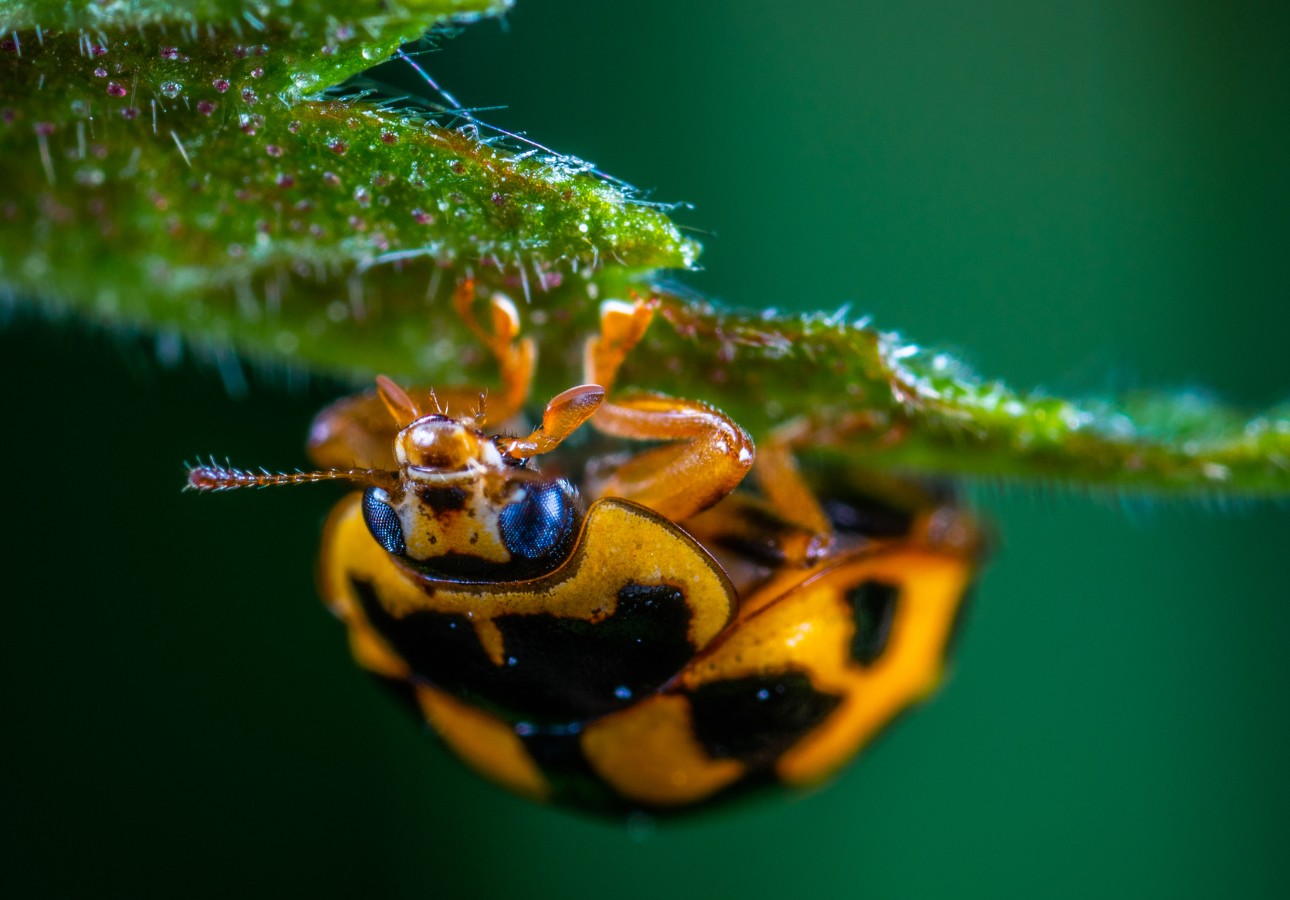Did you know there are more insects in the world than any other animal? The tiny little creatures can sometimes be so small they’re hard to notice, but scientists have already named about 1.5 million species of insects. That’s three times the number of all other animal species combined!
There are so many different kinds of insects in the world that they’re always being studied and there’s always something new to learn about them.
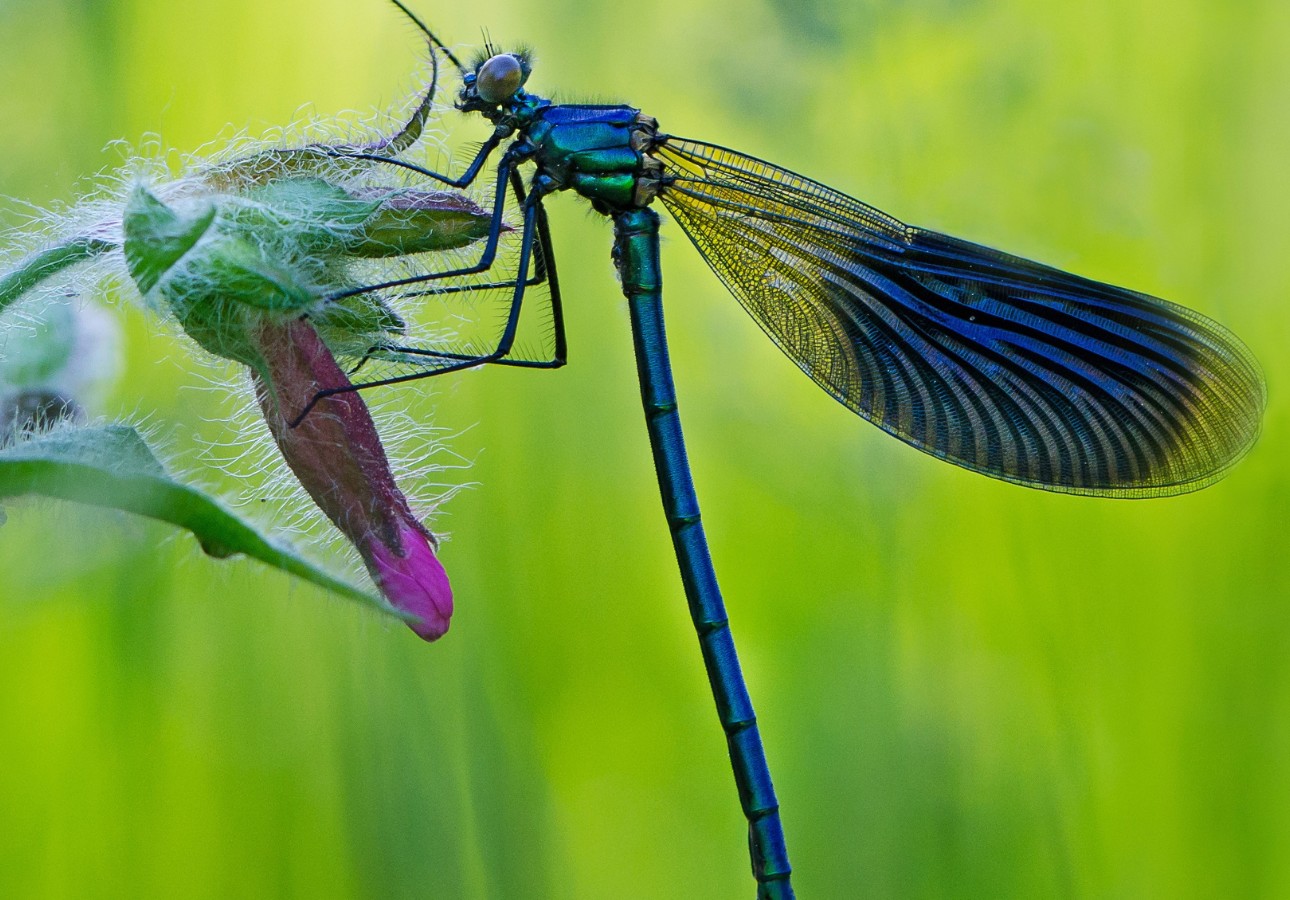
What Do Insects Look Like?
All insects belong to the same family of animals, and they’re classified according to the features of their bodies. To be an insect you need to have all of these traits:
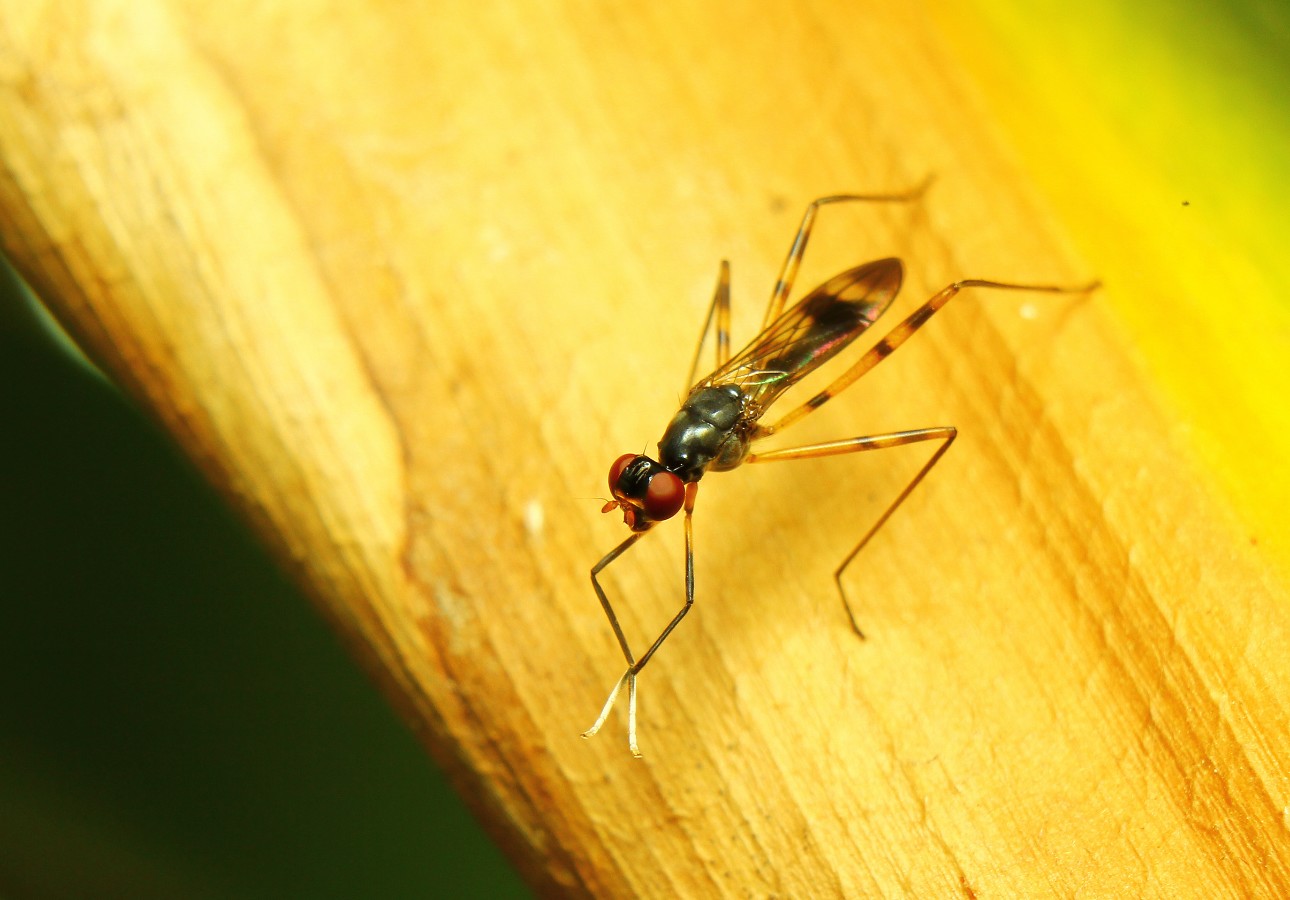
An Exoskeleton. Unlike humans who have bones inside our bodies, insects like ants and wasps have a hard outer shell which we call an exoskeleton. The exoskeleton does the same job as the bones in your own body, it’s just on the outside, and the muscles that keep them moving are inside that shell.
Three-body sections. Humans only have two main body sections: the head and abdomen. To be an insect, you need to have three separate body sections: a head, a thorax and an abdomen. The thorax is the section between the head and the abdomen, and it’s where an insect’s legs and wings grow from. Their abdomen is the final piece of their body, and it’s where their organs are and the food they eat gets digested.
Six legs. All species of insects have exactly six legs, no more and no less. If you count the number of legs on a wasp, ant or a fly, you’ll find exactly six of them. That means creatures like spiders aren’t actually insects, even if we sometimes think they are. Instead, spiders have eight legs and they belong to a group called arachnids. Arachnids are slightly different from insects, but the two types of animals are related, both belonging to a group of creatures called arthropods.
Anthropods: Earth’s Most Common Creature
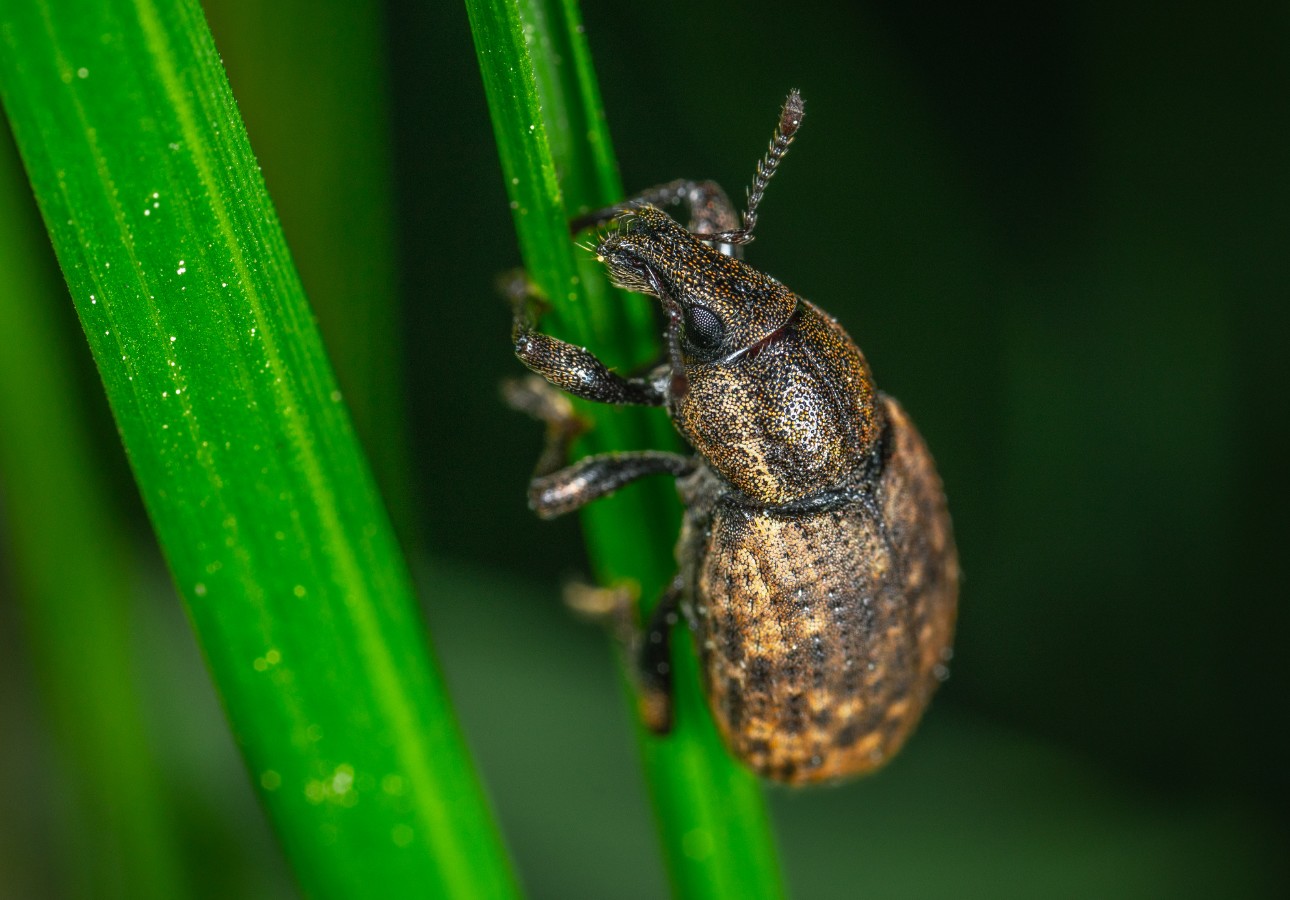
‘Arthropod’ is a scientific word we use to group similar animals into a category called a phylum. Arthropods are all grouped together in the same phylum because they share certain features. Similar to insects, they all have exoskeletons and bodies that are made up of three sections: the head, the thorax and the abdomen.
Everywhere you look on the Earth, including up in the trees, underground and under the water, you’ll be able to find arthropods. In fact, scientists estimate there are between 5 and 10 million species of arthropods, and that means they make up about 80% of all known species.
Apart from insects, you’ve probably seen plenty of other arthropods. Spiders are another common one in Australia, but did you know that scorpions, centipedes and crustaceans like crabs and lobsters are also arthropods? They live just about everywhere on the planet and if you keep an eye out then you’re sure to spot arthropods anywhere you look.
How Did Insects Evolve?
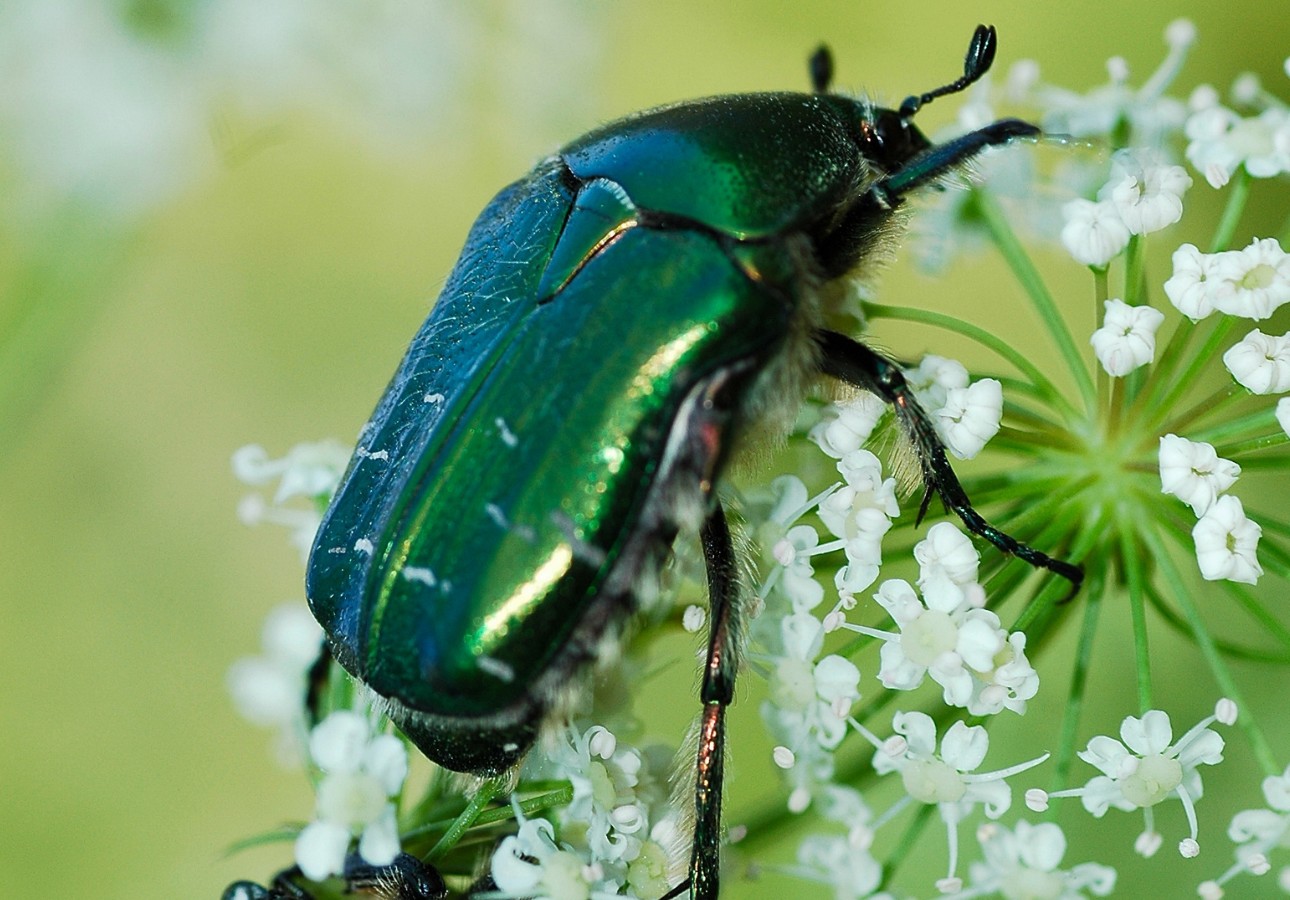
The history of insects is a topic that scientists are still investigating. There are so many species that are so closely related it’s hard to figure out exactly where they all came from.
One thing we do know is that insects are among the oldest groups of animals on the planet, having been around for about 480 million years. Compare that to dinosaurs who lived about 165 million years ago. That means insects have been around for almost three times as long as dinosaurs were, except they’re still alive today!
Insects are so old that they were probably the first animals to ever live on land. It’s thought that insects evolved from ocean-going crustaceans (like crabs and lobsters) and that they moved onto land around the same time as plants began to grow.
The Importance of Insects
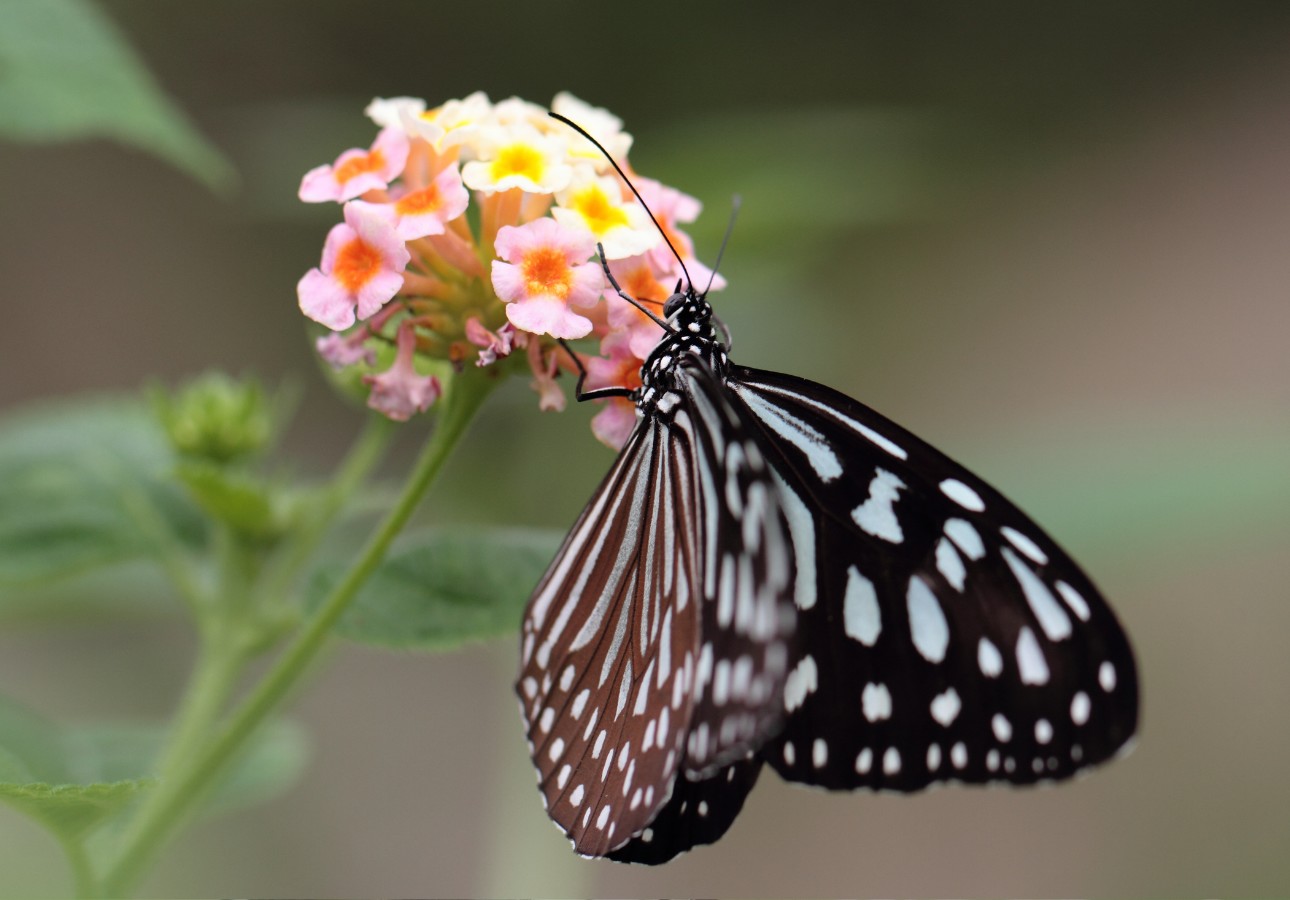
Most of us aren’t big fans of creepy crawlies. They bite and sting and aren’t very friendly. Despite that, they’re one of the most important groups of animals on the planet. Insects live all over the world, in every type of environment, and everywhere they live you can find them helping out.
Since most insects will eat just about anything, they play a big role in places like forests, helping to break down fallen plants and animals that have died. They also play a huge role in helping pollinate plants. For humans who need to farm crops, insects help our plants grow and make sure there’s always food on our plates. About 75% of the food the world eats is thanks to pollination by insects, and things like fruit and cocoa wouldn’t grow at all without their help.
Want to Learn More About How Liquids Flow? Book a Street Science Workshop Today!
Scientists are always studying insects and looking for clues into their lives and where they came from. If you’re one of those people who loves to watch the creepy crawlies go, then there’s plenty more to learn! Book in for one of our Mad Microscopes classes for Year 3 students and let our teachers take you through the world of biting, crawling, flying and stinging insects.

